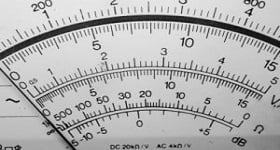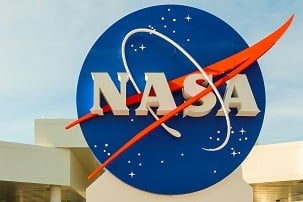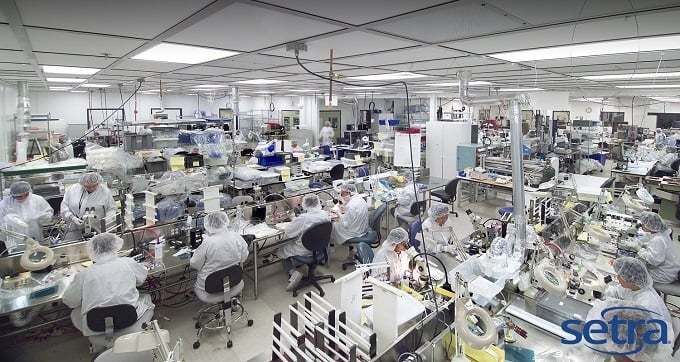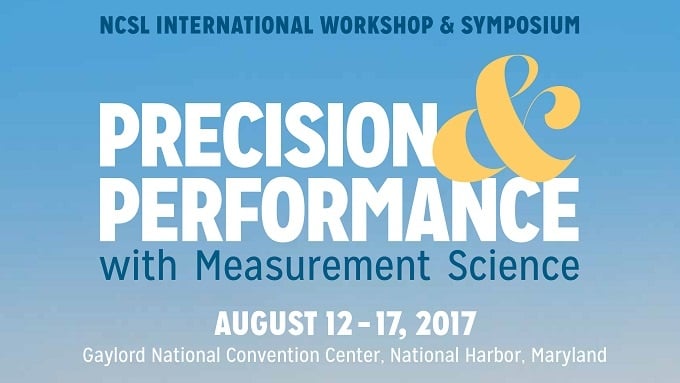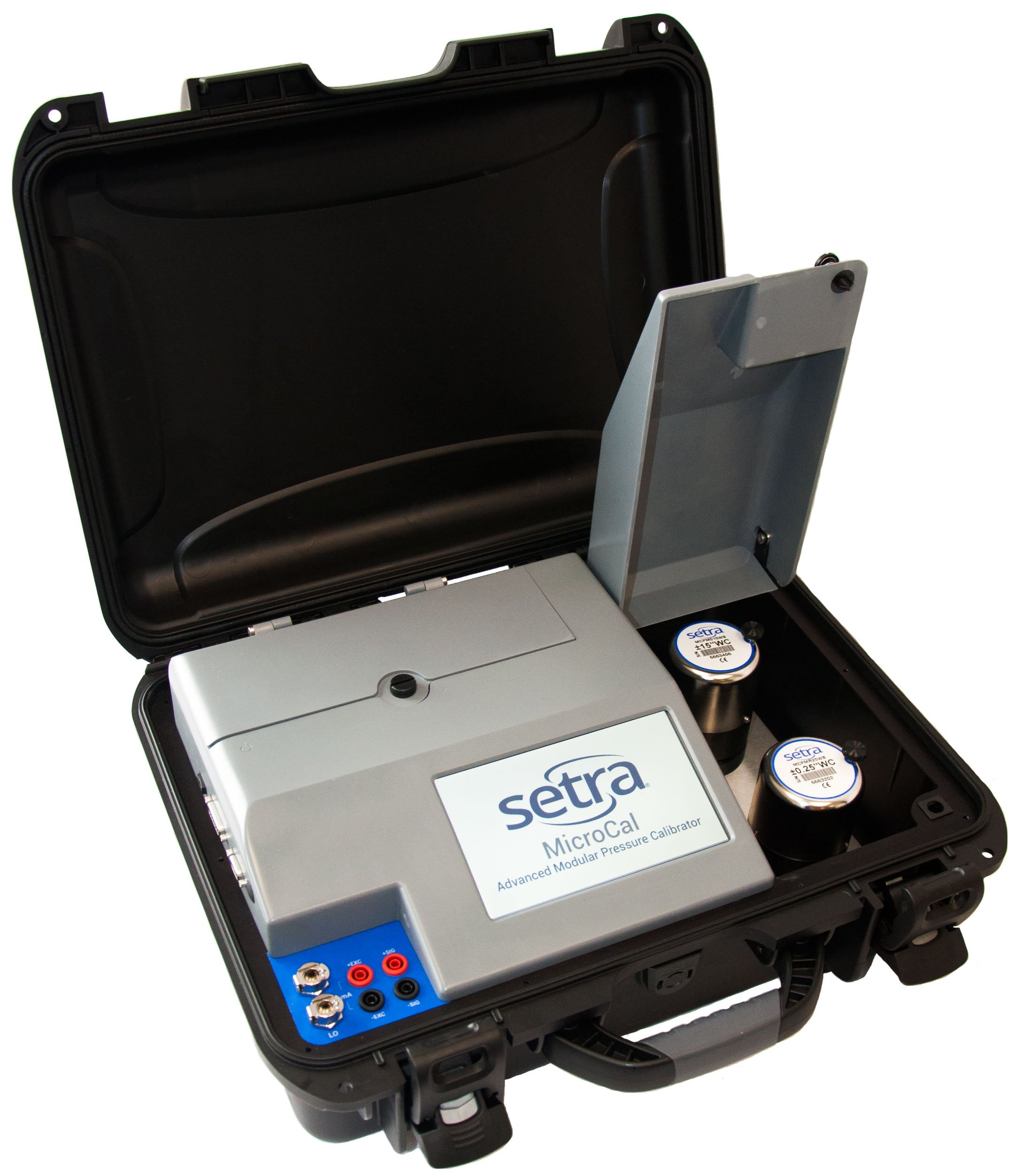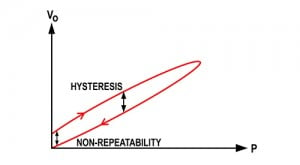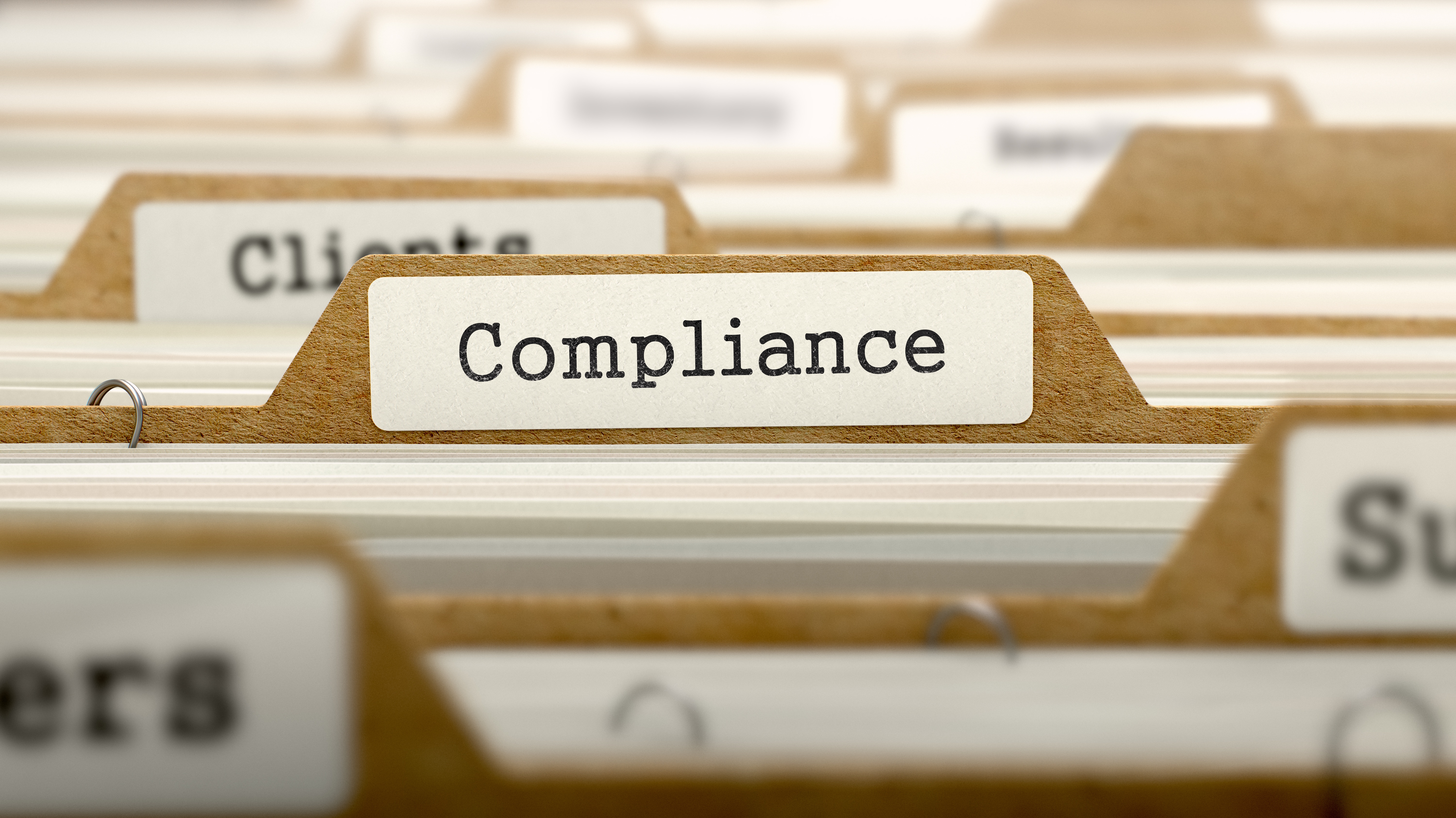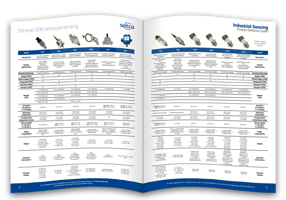Converting mA to voltage is common in HVAC when working with pressure transducers. Terminology to keep in mind includes:
- 1 mA = 0.001 AMP (short for amperes)
- Amps are referred to as CURRENT
- Resistor values are in OHMS (Ω is the symbol for ohms)
- VOLTAGE is the result of passing amps through a resistor

